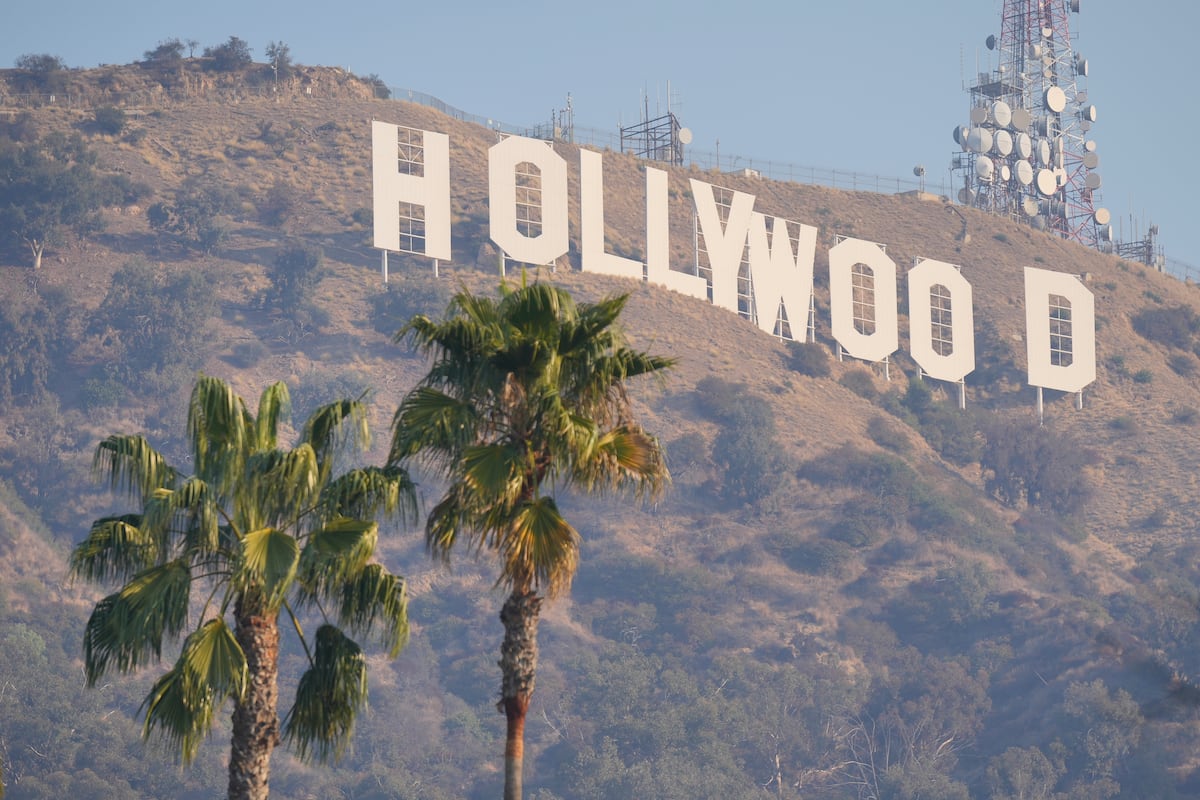
"Hollywood has portrayed Los Angeles as a city of palm trees. Long streets lined with them, beaches decorated with them, elegant hotels surrounded by them, and convertibles whistling along beneath their shade... or not. Because shade is the crux of the matter. Stylized and aesthetic, palm trees hardly provide any shade, which becomes an issue in times of climate change. They are also expensive to plant and maintain and are forever thirsty."
"In a report released in August 2021, it was explained that 20% of the shade produced by the city's trees is afforded to just four neighborhoods. By 2028, the aim is to expand shade by 50%, through support from communities as well as municipal and private funds, for the planting and conserving of large trees, with canopies of least 75 centimeters, which will generally exclude palm"
Los Angeles contains about one million trees, the largest urban forest in the U.S., though canopy coverage is uneven and New York's is denser. Palm trees dominate the city's image but provide little shade, require high maintenance, consume large amounts of water, and are not native to California. Many palms were planted in the 19th and 20th centuries and are aging. The city has a roadmap to 2050 and set a 2028 target to increase shade by 50%, focusing on planting and conserving large-canopy trees (at least 75 centimeters), which generally excludes palms. Funding will combine community, municipal, and private sources.
Read at english.elpais.com
Unable to calculate read time
Collection
[
|
...
]